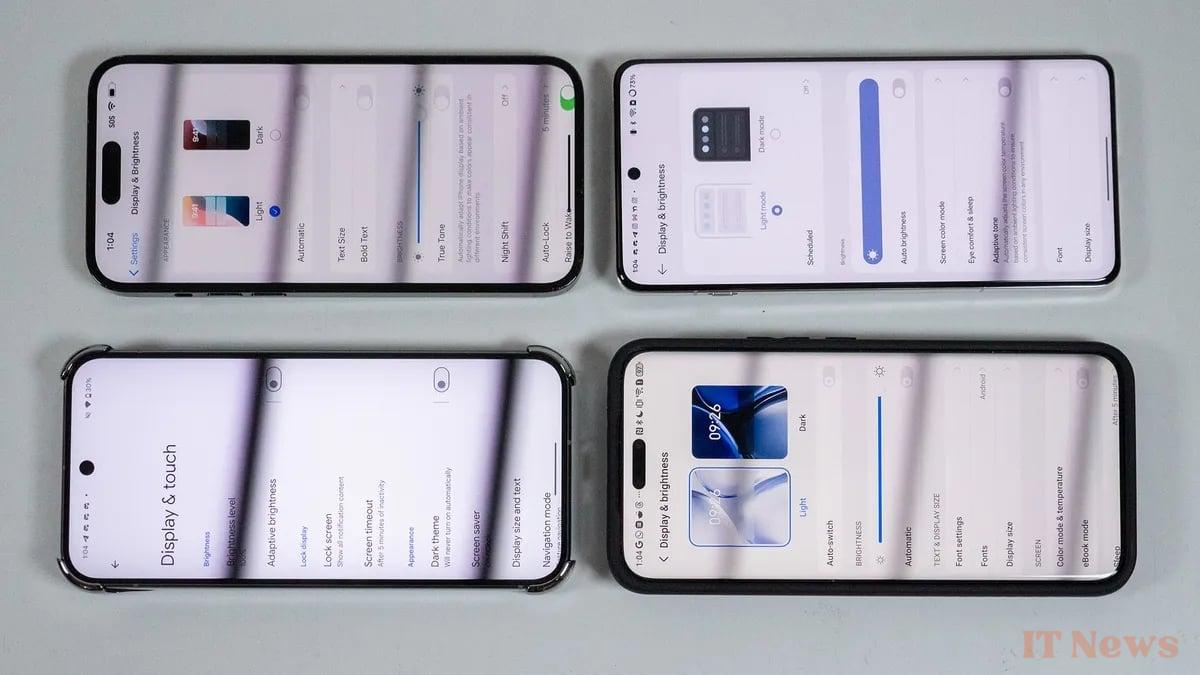If you sometimes experience eye strain, or even headaches, when looking at your smartphone screen, the culprit could well be your device's PWM flicker rate. This is precisely the parameter that could soon see a significant improvement at Google. The Mountain View firm has left hear that it is working on a solution expected in the coming months, probably for its Google Pixel 10.
Google is preparing an improvement to PWM flicker for its future Pixel
PWM (Pulse Width Modulation) is a method used on OLED screens to adjust brightness. By modulating the screen intensity very quickly, the phone gives the illusion of a decrease in brightness. This system is effective, but it creates a flickering effect that can cause eye discomfort, fatigue, and even nausea in sensitive people. The higher the PWM rate, the less noticeable and therefore more comfortable the flicker. The risk of flicker is considered zero above 3125 Hz.
Until now, Google hasn't been shining in this area: the Pixel 8 Pro and Pixel 9 Pro top out at 240 Hz, far behind the Honor Magic 7 Pro, which has 4320 Hz PWM dimming technology. The Galaxy S24 and S25, on the other hand, climb to 492 Hz. A difference that, for sensitive eyes, can be significant. Questioned by Android Central, Google claims to be "aware and in the analysis phase" of this problem, suggesting that changes are to be made. coming.
The Pixel 10 seems to be the obvious choice
Even if Google remains evasive, the statements suggest a notable evolution of the Google Pixel 10 on this point. The company promises "updates by the end of the year," a fairly clear allusion to its future flagships. While software adjustments are possible, improving PWM mainly requires a hardware overhaul. In other words: only a new screen will significantly increase this rate.
Motorola, for its part, has already tried a software approach to reduce the impact of flickering on its Razr 60 and 60 Ultra. But to offer optimal visual comfort, Google will have to integrate a screen physically capable of achieving a high rate. The brand has never communicated openly on this parameter, we will have to wait for the official announcement, probably in August, to know if the Pixel 10 will be easier on our eyes.
Source: Android Central



0 Comments